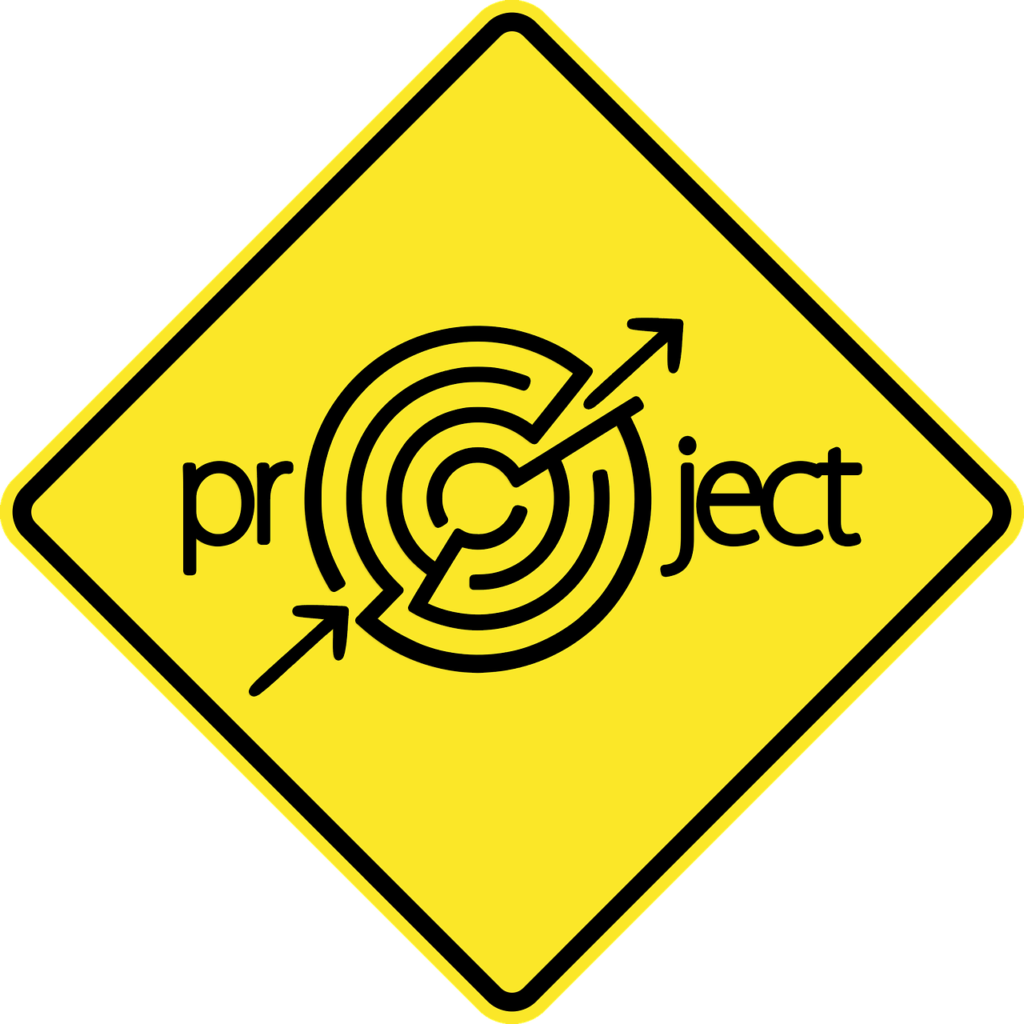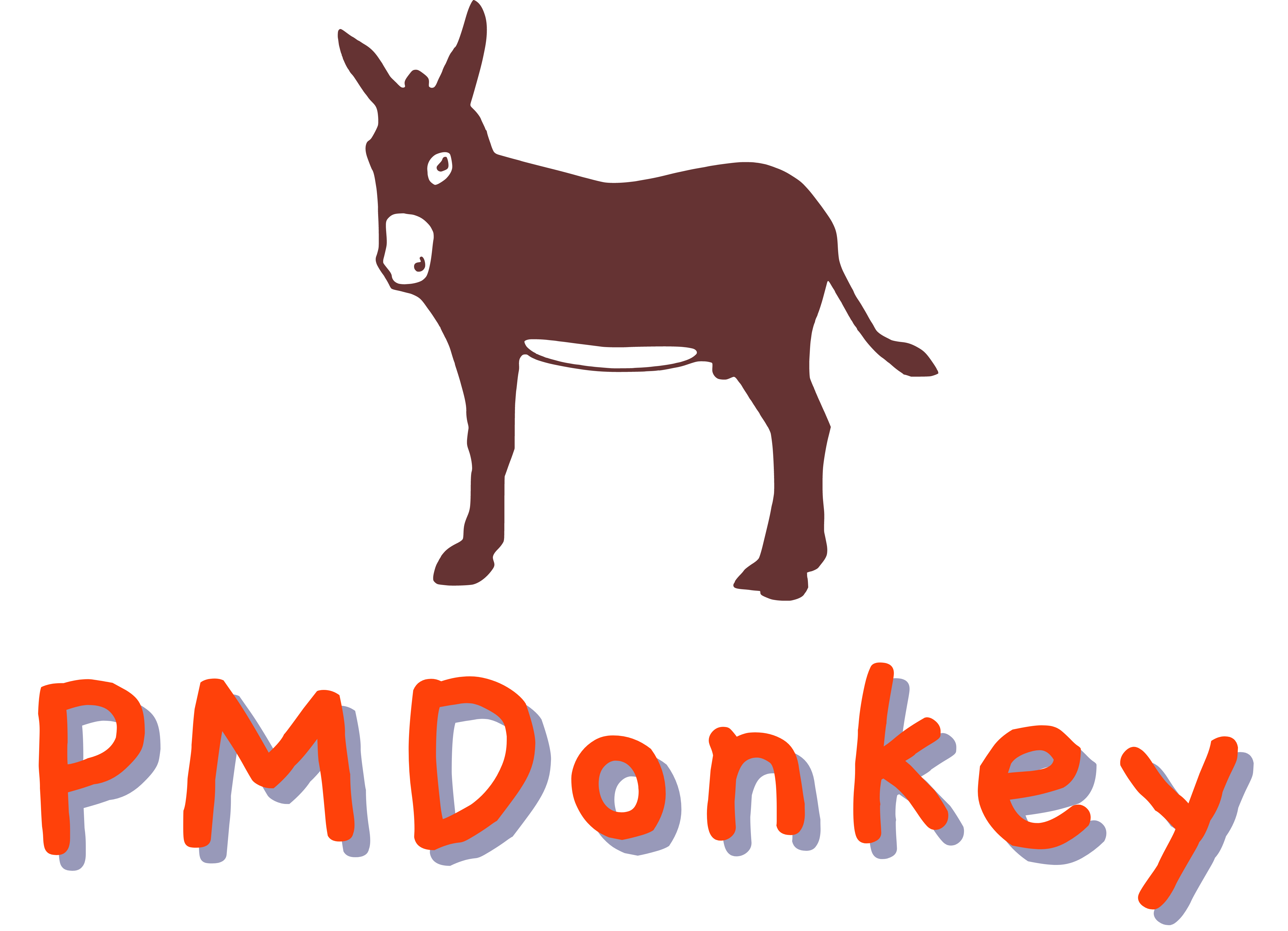Project Management
What is a Project?
In today’s world, successfully balancing two parallel, competing imperatives is one of the most difficult challenges for organizations.
• keep current business operations running (e.g., profitability, service quality, customer relationships, brand loyalty, productivity, market confidence, and so on).
• modernize business operations to compete and survive in the future (i.e., looking ahead and deciding how business change can be introduced to best effect for the organization).
As the pace of change (technology, business, social, regulatory, etc.) accelerates and the consequences of failing to adapt to change become clearer, management’s focus will inevitably shift to achieving a balance between business as usual and business change.
Projects are how we implement change, and while many of the skills required are similar, there are some significant differences between managing business as usual and managing project work.
There are several attributes of project work that set it apart from business as usual:
- Change Projects are the vehicles through which we bring about change.
- Temporary Projects, as defined by the definition, are of a temporary nature. When the desired change is deployed, business as usual (in its new form) resumes, and the project is closed.
Projects should have a clear beginning and end point.
- Cross-functional – A project entails a group of people with diverse skills working together (temporarily) to implement a change that will affect people outside the team. Projects frequently cross over between departments and divisions within an organization and, in some cases, span entire organizations. This frequently results in stresses and strains both within and between organizations (for example, between customers and suppliers). Each has a unique perspective and motivation for participating in the change.

- Unique – Every project is unique. An organization may undertake a few similar projects and develop a familiar, proven pattern of project activity, but each one will be clearly different in some way: a different team, a different customer, a different location, a different time. All these factors work together to make each project unique.
- Unpredictability – The characteristics already mentioned will introduce threats and opportunities in addition to those we normally encounter while doing business. Projects are more dangerous.
Furthermore, the environment in which the project is managed may have an impact on how it is initiated, delivered, assured, and closed. There may be external factors such as embedded corporate standards, organizational maturity, and regulatory frameworks, as well as factors specific to the individual project such as the industry sector, geographical location, and project risk
What is Project Management?


BENEFIT – This characteristic is the one that is most overlooked. Why are we doing this project? It is not enough to build a new product, within, time, budget and to the quality specifications, if at the end of the day no one wants it.


SCOPE – Each project has its own scope. They can be similar project outcomes, such as constructing the same restaurant in a different town. However, the fact that the location and building are distinct enough to alter the scope of the project. The architects’ plans will need to be adjusted accordingly, changing the way the project work will be completed. This is not a project if the work and the output are the same. It will not be a one-of-a-kind scope, but rather a standard business process.
RISK – All projects involve risks, but how much risk are we willing to accept? Should we build the office near a river that may be prone to flooding? Is there anything we can do about the risk if we decide to go ahead? Perhaps insure against it, build a high wall around it, orsomething else.


These are the characteristics comprise the project management constraints. Time, quality, benefit, scope, risk and cost are all interdependent. After determining them at the outset, if one of them changes, it will cause one or more of the others to change and in some cases all of them. Assume you need to move the completion date of your project forward. To accomplish this, you will need to either increase your resources by spending more, or produce fewer products output, or possibly both. So that is the general outline of a project. Remember that a project is a temporary initiative that is agreed upon, planned, and carried out to achieve a specific goal, and it is important to note that projects are complex initiatives.
So lets Investigate how a Project comes about.
So, let us investigate how a project comes about. There are a few key triggers that will propel a company into project execution. There could be a market demand. This is when your company wants to create a product to meet the needs of their customers or to keep up with the competition. For example, a company may need to develop an online portal, as other companies have done, but they must manage a complex project with various activities such as software development, security, financial and privacy, and so on, all while adhering to time and budget constraints. You risk losing customers if you introduce it too late. So here we are we have a goal that we want to work towards.
Once the strategic goal has been defined or a need has been identified (and you must understand that some needs may be forced onto a company, for instance a regulatory change), the project will be the tool used to achieve that goal. However, needs like the one mentioned above are unlikely to arrive one by one in a timely manner. So, how does a company decide which ones are important enough to warrant a project? The demand will necessitate a project proposal, and the owner of this proposal will need to bring it to the attention of upper management to compete for the organization’s limited resources. The projects will then be reviewed by management to determine which will be completed, which will be scrapped, and which will be postponed until a later date.
As we mentioned above there are instances where a new regulation is imposed that requires your company to comply with the latest standard, therefore urgency is a key factor in project selection. You can bet that upper management will prioritize a project that addresses this issue first. This procedure is known as project selection. Projects are viewed as investments by management, even those regulatory ones. You may think that how can a regulatory project be an investment when it is forced upon a company, well if a company did not adhere to the new regulation, then it would not be able to continue to operate in that sector or may attract a sizable fine for non-adherence. So, by adhering to the regulatory change the company can still operate or avoid the fine.
As you might expect, several projects are usually running at the same time. However, when upper management is presented with potential projects, they frequently select several of them and place them in a project portfolio. The upper management then dabbles in Project Portfolio Management. This is the process of prioritizing projects as well as managing and controlling large groups of projects and programs. Essentially, the goal is to achieve results while combining resources across projects in the most efficient way possible.
Projects necessitate massive amounts of resources, finances, time, effort, and focus. So, if they are not aligned with the business strategy, there will be massive waste, which will result in many disappointed stakeholders at best and a bankrupt business at worst. We now understand that a project is a short-term initiative that is agreed upon, planned, and carried out to achieve a specific goal.
